Addressing the Textiles Recycling Conference in London yesterday (5 October), Ms Midby spoke of the importance of working across the spectrum to achieve the best recycling rates while being ‘cost conscious.’
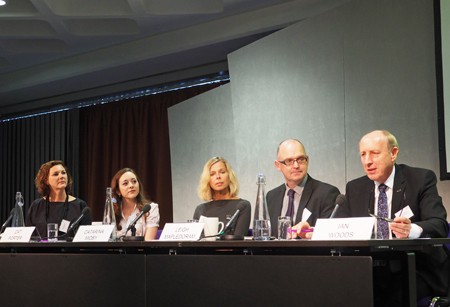
With over 4,000 shops worldwide, she said that H&M is committed to a goal of being 100% circular in terms of how its fashion is made and used. The goal is to use “100% recycled or other sustainably sourced material.”
Ms Midby commented: “We work across the entire chain from design to how raw materials are sourced and grown, all the way through to the product reaching the customer.” Speaking about the H&M clothes collection scheme (see letsrecycle.com story), Ms Midby said the company plans to host an annual Recycle Week, following the success of this year’s first campaign.
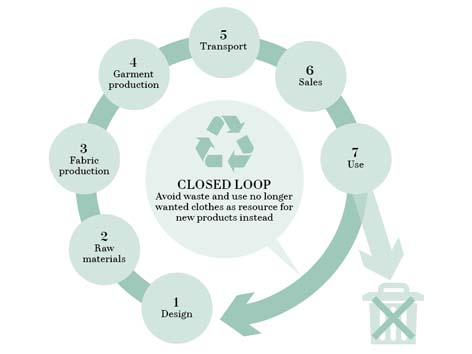
Globally the company through its recycling scheme, which it runs through stores, has collected 36,000 tonnes of material, she told delegates. “This is one of the world’s largest garment collecting systems, in H&M stores globally.”
Campaigns
Also in the session, Leigh Mapledoram, WRAP’s Textiles Supply Chain programme area manager discussed the organisation’s various schemes, including the Sustainable Clothing Action Plan (SCAP), Love Your Clothes and the European Clothing Action Plan (ECAP).
Noting that ECAP builds on some of the work of SCAP, Mr Mapledoram added: “What we also want to do is use some of the Love Your Clothes messages and adapt that for European countries.”
Addressing the need for the development of new end markets, Mr Mapledoram said: “Our partners in the Netherlands, Rijkswaterstaat, are looking to undertake Fibre2Fibre pilots, supporting retailers and brands that are willing to undertake demonstration projects to increase recycling content in their shops.”
Cat Porter, Surrey county council’s waste improvement officer, presented on the council’s actions and awareness campaigns to increase the collection of textiles across the area.
Outlining the authority’s 2015 campaign to get people recycling more clothes, including damaged items, Ms Porter said: “Most people weren’t really aware of what they could or couldn’t recycle,” adding that there are still many items people don’t think can be recycled, such as bags and shoes.
Ms Porter added: “One of our biggest barriers is people thinking there isn’t any value in [the clothes] they’ve got.”
Technology
Reader in circular textiles design at the Textile Futures Research Centre (TFRC) and Textiles Environment Design (TED), Kate Goldsworthy discussed the technologies available and in development for textile recycling, including Fibre2Fibre and laser line technology.
Commenting on developing recycling technologies, Ms Goldsworthy said that rather than ignoring the fast fashion spectrum, such clothes should be considered “materials rather than just products.”






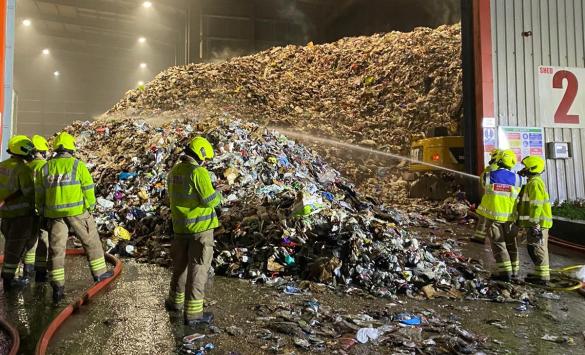
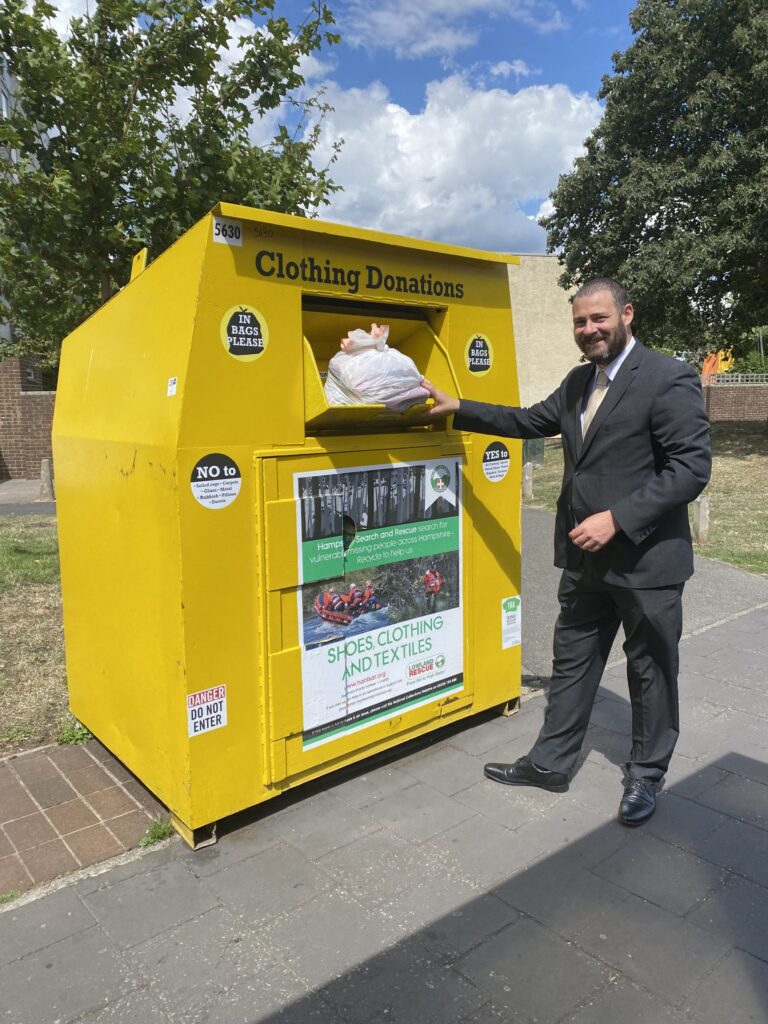
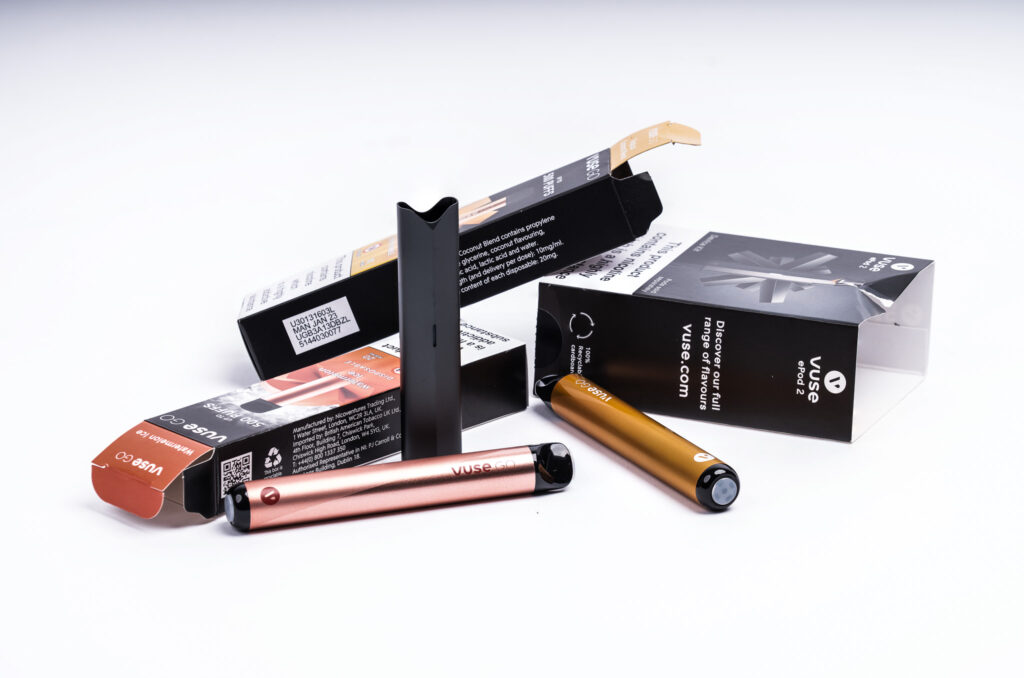
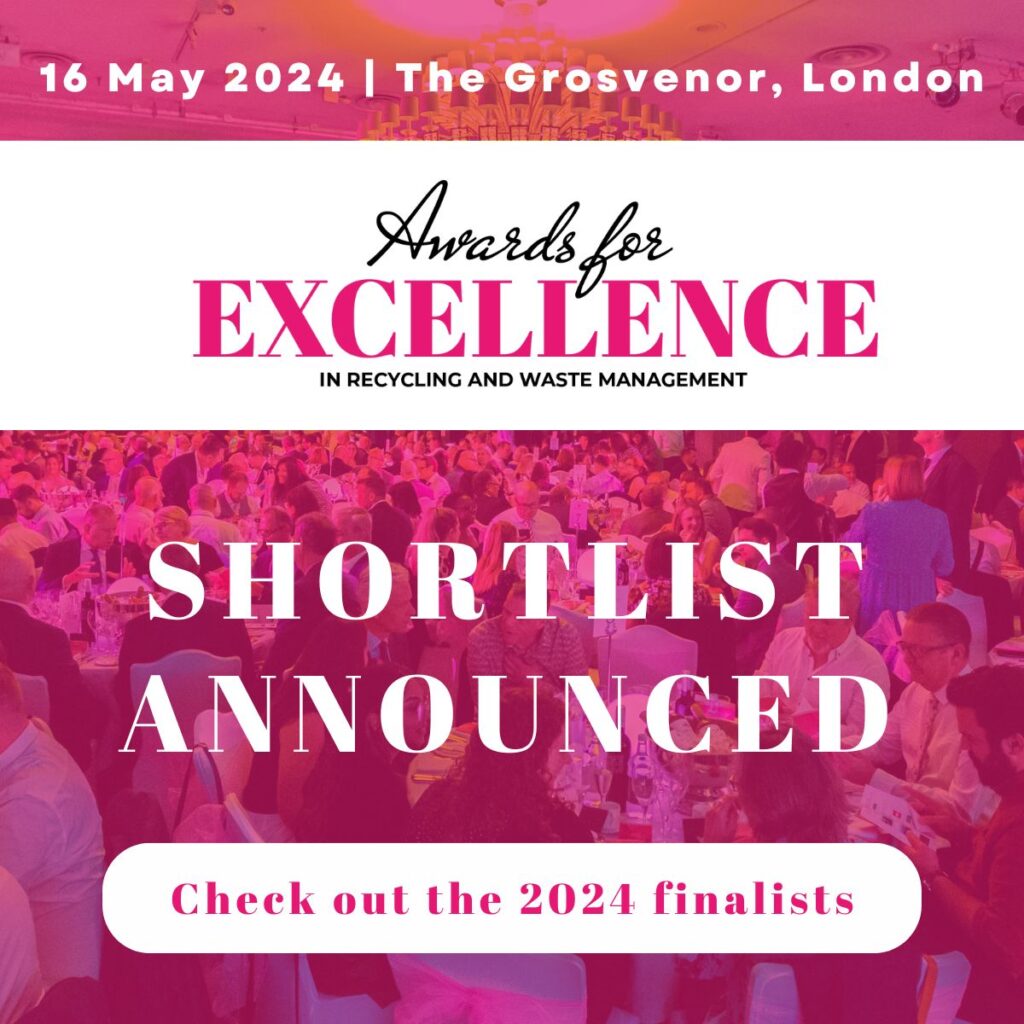

Subscribe for free